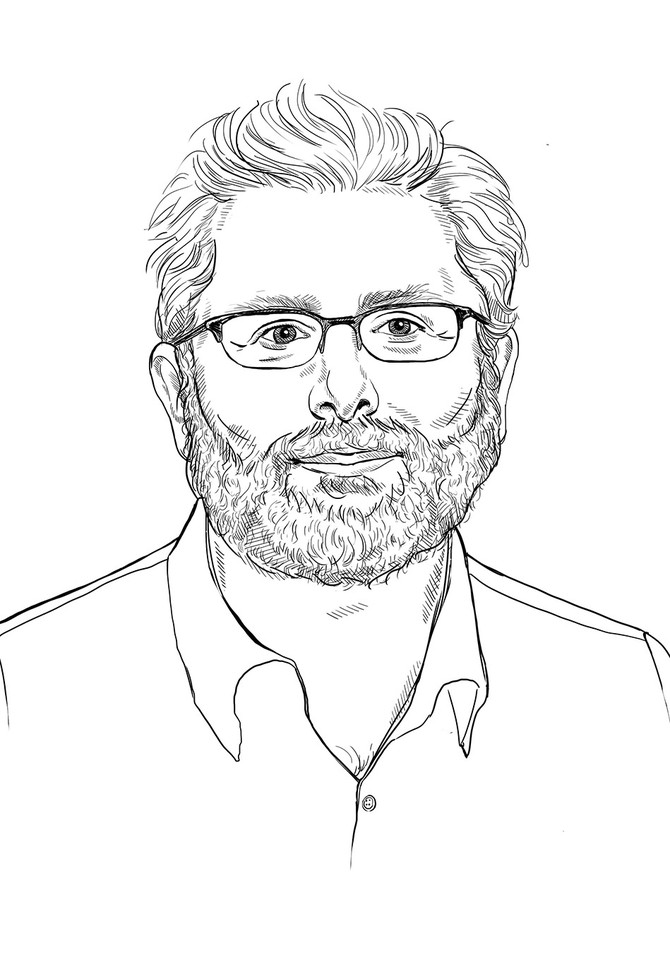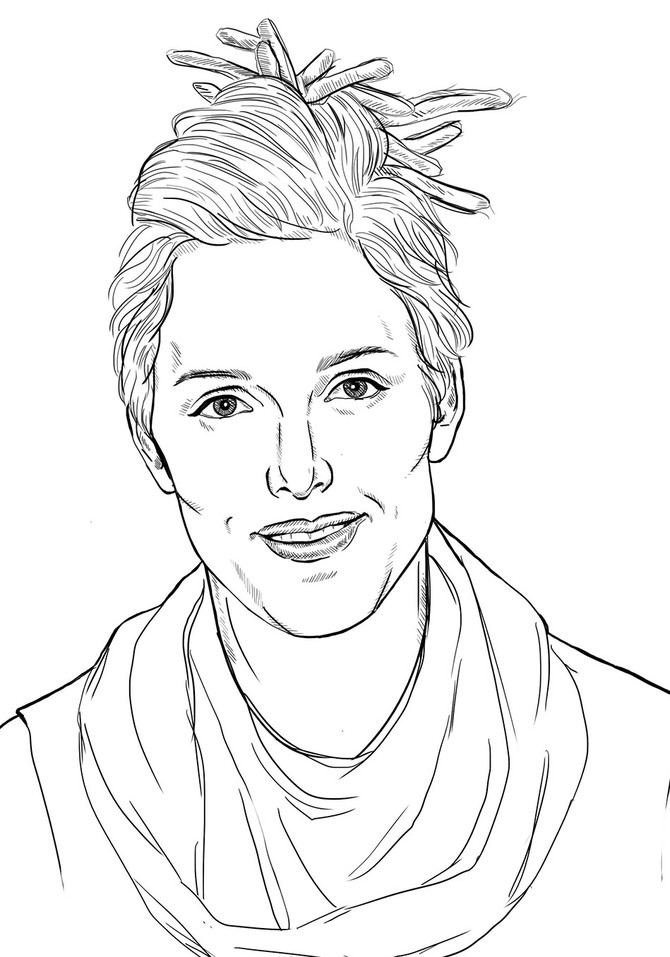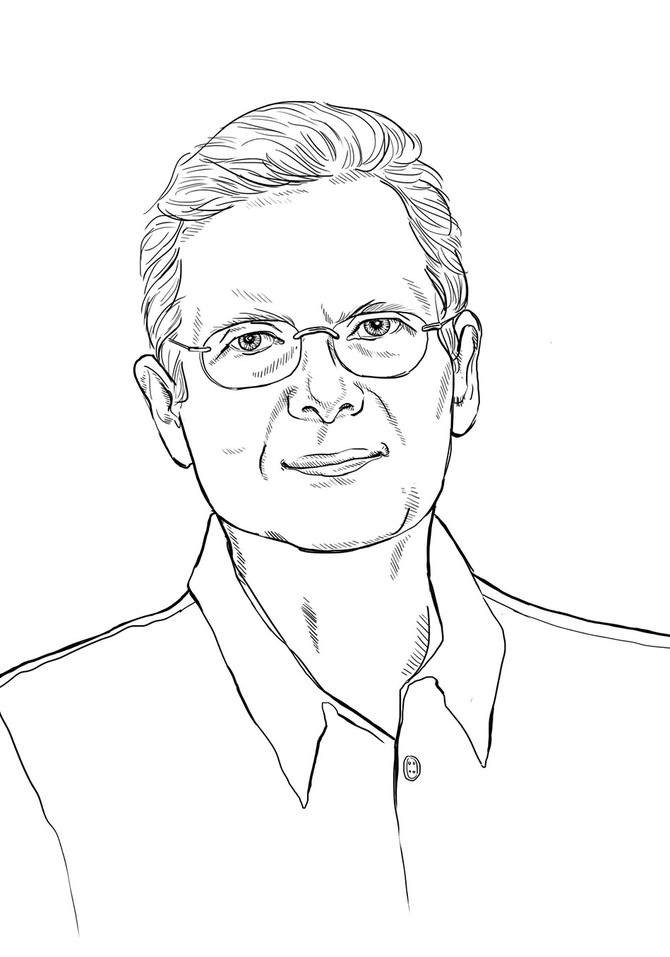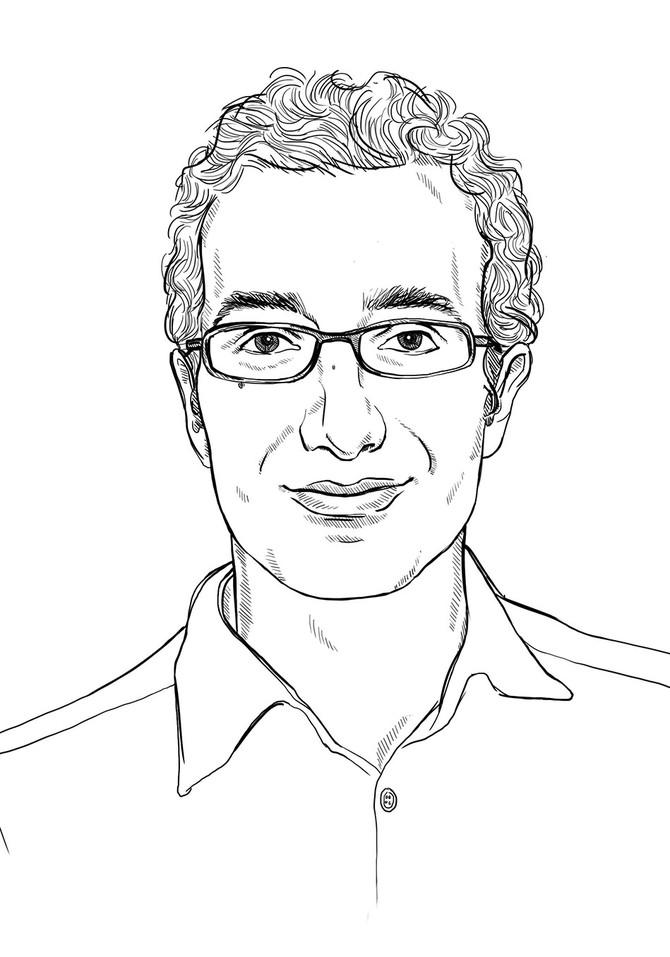5 Breakthroughs You Can Learn from These Visionaries

Illustration: Lindsay Mound
"Even If You Don't Think It Matters, It Does"
—June Ambrose, celebrity stylist
People don't necessarily see fashion as life changing. But my biggest breakthrough was recognizing that it could, in fact, have an impact. In the '90s—still the earlier days of hip-hop—I worked with Jay Z, Puffy, Missy Elliott and Busta Rhymes. Some of these artists came from broken environments, but they told aspirational stories with their music. I realized that fashion is also about storytelling, and my job was about more than playing dress-up: It was about helping a community find its identity, one artist at a time.
People don't necessarily see fashion as life changing. But my biggest breakthrough was recognizing that it could, in fact, have an impact. In the '90s—still the earlier days of hip-hop—I worked with Jay Z, Puffy, Missy Elliott and Busta Rhymes. Some of these artists came from broken environments, but they told aspirational stories with their music. I realized that fashion is also about storytelling, and my job was about more than playing dress-up: It was about helping a community find its identity, one artist at a time.

Illustration: Lindsay Mound
"Keep Trying—and Hoping—and Good Stuff Will Happen"
—Neil Shubin, PhD, paleontologist
In my field, many breakthroughs happen thanks to "planned serendipity." You make a prediction, but the actual discovery is partially luck. My team had been traveling to the Arctic for years looking for a particular fossil—with no results. But we kept at it, and in 2004, just five days into our fourth trip, while digging into 375-million-year-old rock, we saw the snout of Tiktaalik roseae, a creature that bridges the gap between fish and land animals. We could have given up—it had been six years! But we didn't.
In my field, many breakthroughs happen thanks to "planned serendipity." You make a prediction, but the actual discovery is partially luck. My team had been traveling to the Arctic for years looking for a particular fossil—with no results. But we kept at it, and in 2004, just five days into our fourth trip, while digging into 375-million-year-old rock, we saw the snout of Tiktaalik roseae, a creature that bridges the gap between fish and land animals. We could have given up—it had been six years! But we didn't.

Illustration: Lindsay Mound
"Experimentation Is The Mother Of Innovation"
—Zoë Keating, cellist
My college had an electronic music studio full of 1960s analyzers, and I spent hours there; I'd record my cello on a reel-to-reel, slice the reel with a razor, tape it together and record over it to layer the sound. After college, I was introduced to experimental electronic music, which creates a hypnotic world—it brought me back to that room in college. I decided to use these tools and styles to create a modern spin on classical. But while I can get nerdy about technique, it's all about expressing a feeling. And the cello, with its enveloping sound, conveys emotion beautifully.
My college had an electronic music studio full of 1960s analyzers, and I spent hours there; I'd record my cello on a reel-to-reel, slice the reel with a razor, tape it together and record over it to layer the sound. After college, I was introduced to experimental electronic music, which creates a hypnotic world—it brought me back to that room in college. I decided to use these tools and styles to create a modern spin on classical. But while I can get nerdy about technique, it's all about expressing a feeling. And the cello, with its enveloping sound, conveys emotion beautifully.

Illustration: Lindsay Mound
"A Small Shift Makes a Huge Difference"
—Philippe Petit, high-wire artist and performer
My high-wire walk between the twin towers, in 1974, was an achievement—it wasn't a breakthrough. But switching from bridge cards to poker cards in my magic was immense for me. I'd been doing tricks with the smaller bridge format since I was 6; at around 25, I made the leap to poker cards. Though they're only millimeters wider, I had to relearn all the nuance. I wouldn't allow myself to be stalled in a comfortable place. People label me a madman of detail, and I don't refute the title. I work toward perfection for thousands of hours so the audience won't see the card peeking out behind my hand.
My high-wire walk between the twin towers, in 1974, was an achievement—it wasn't a breakthrough. But switching from bridge cards to poker cards in my magic was immense for me. I'd been doing tricks with the smaller bridge format since I was 6; at around 25, I made the leap to poker cards. Though they're only millimeters wider, I had to relearn all the nuance. I wouldn't allow myself to be stalled in a comfortable place. People label me a madman of detail, and I don't refute the title. I work toward perfection for thousands of hours so the audience won't see the card peeking out behind my hand.

Illustration: Lindsay Mound
"You Have To Be Willing To Go Down The Rabbit Hole"
—Jad Abumrad, cohost of WNYC's Radiolab
At the beginning of my career, there were two types of radio programs: news with gravitas and reflective, quirky stuff. I was unsure where to stand between the poles. Plus, I was a musician, not a journalist; I felt like an interloper. Then one day, I was at a deli with Robert Krulwich, who is now my cohost, telling him about an interview I'd done with a scientist about memory. The chat was fascinating but jargony, and I couldn't figure out how to make it more lively. Then, for some reason I can't remember, Robert started talking about a rabbit in a garden, and it clicked. At the studio, we improvised a skit about this rabbit, added bits of my interview and put music over it. I didn't realize it, but I was creating an amalgam, a type of radio somewhere between quirky and newsy. I remember listening to the finished piece and thinking, "This is interesting." I felt like I'd found a pointing arrow—and I've been following it ever since.
At the beginning of my career, there were two types of radio programs: news with gravitas and reflective, quirky stuff. I was unsure where to stand between the poles. Plus, I was a musician, not a journalist; I felt like an interloper. Then one day, I was at a deli with Robert Krulwich, who is now my cohost, telling him about an interview I'd done with a scientist about memory. The chat was fascinating but jargony, and I couldn't figure out how to make it more lively. Then, for some reason I can't remember, Robert started talking about a rabbit in a garden, and it clicked. At the studio, we improvised a skit about this rabbit, added bits of my interview and put music over it. I didn't realize it, but I was creating an amalgam, a type of radio somewhere between quirky and newsy. I remember listening to the finished piece and thinking, "This is interesting." I felt like I'd found a pointing arrow—and I've been following it ever since.
From the August 2014 issue of O, The Oprah Magazine

